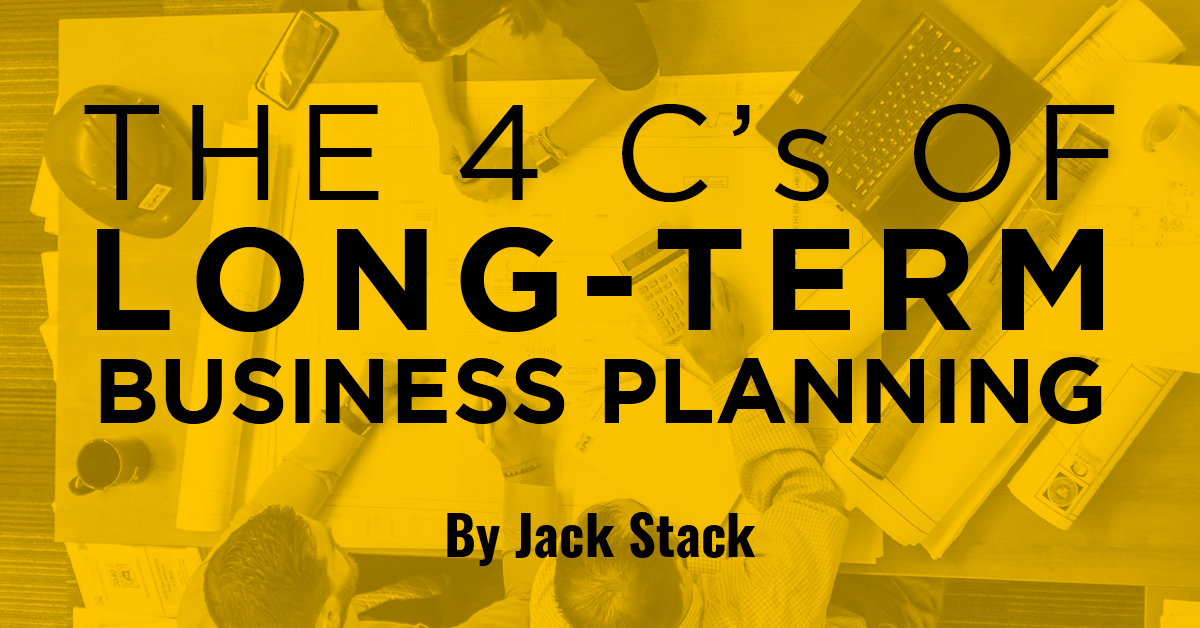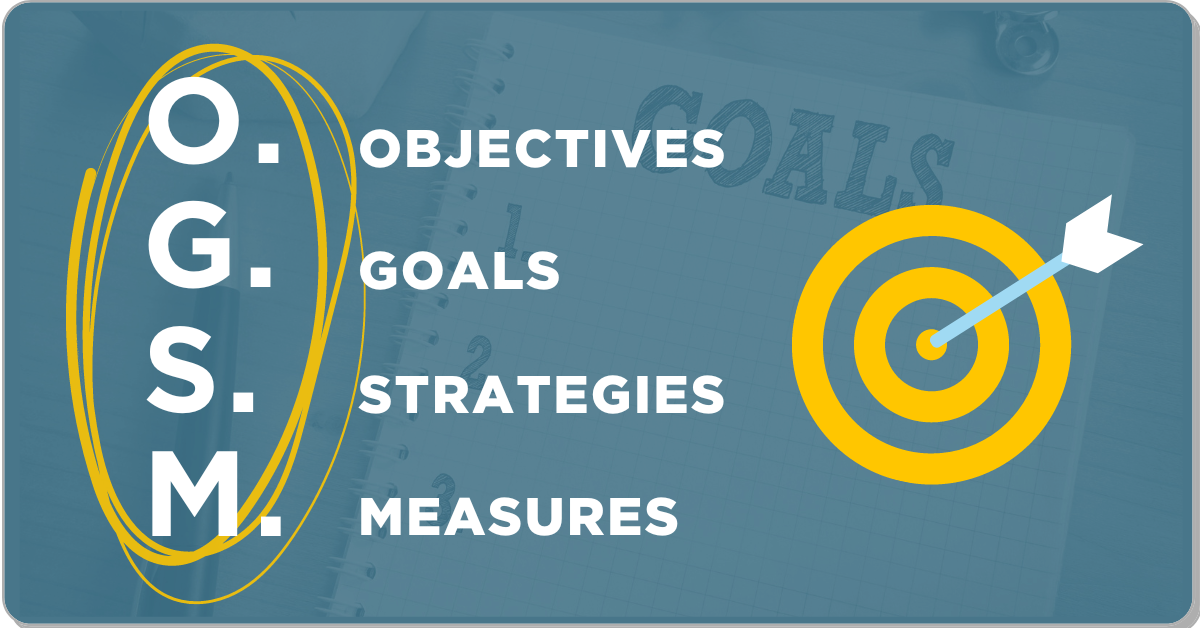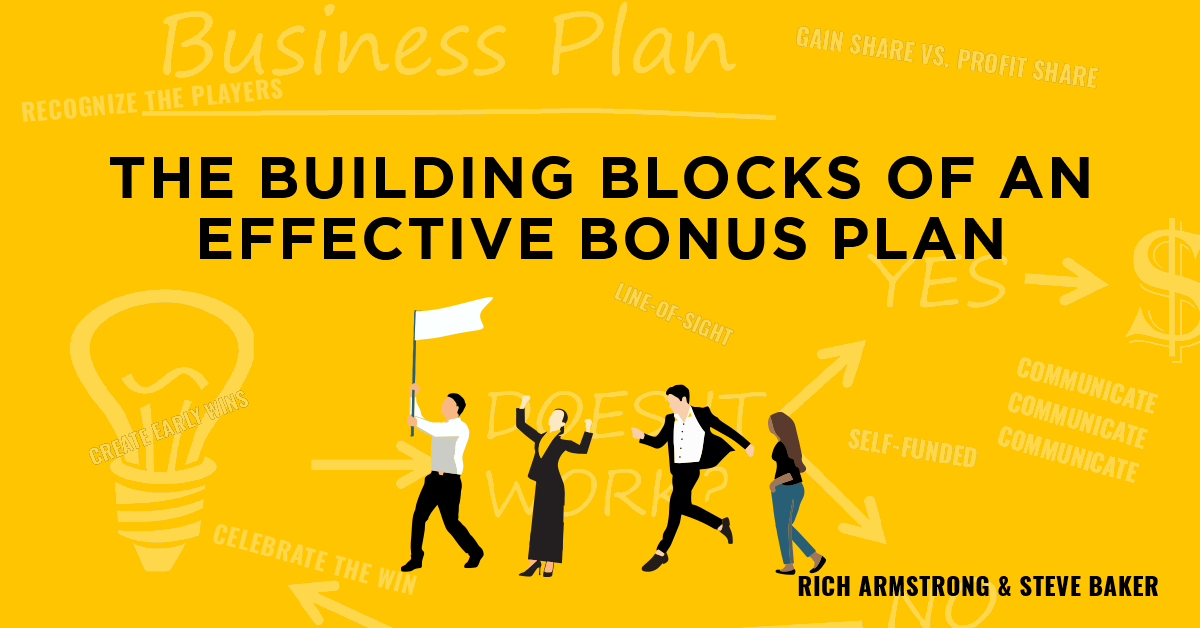 Innovative bonus plans go beyond traditional, straightforward models and use creative and strategic approaches to motivate employees.
Innovative bonus plans go beyond traditional, straightforward models and use creative and strategic approaches to motivate employees.
The effectiveness of a bonus plan depends on its alignment with the organization's goals, culture, and the preferences of its workforce. Creative bonus plans reflect a deeper understanding of employee motivations and can contribute significantly to employee engagement and performance.
We’ve shared three ideas for innovative bonus plans for your business!
Profit-Sharing Linked to Individual Goals
In this innovative bonus plan, employees share in the company profits and have individualized profit-sharing goals tied to their specific roles and responsibilities.
Each employee sets personalized performance targets aligned with organizational objectives. As they achieve their goals, a percentage of the company's profits is allocated to their bonus pool. This approach ensures that employees are directly invested in their success and the company's overall financial health.
Structure of the Bonus Plan
Individual Goal Setting
In collaboration with their supervisors, employees set individual performance goals that align with the company's strategic priorities. These goals should be specific, measurable, achievable, relevant, and time-bound (SMART).
The individual goals are directly linked to the company's broader financial and operational objectives. For example, a sales representative might set goals for achieving a specific sales target, while a production manager might focus on improving efficiency and reducing operational costs.
The key is establishing a clear connection between individual efforts and the company's success.
Performance Metrics and Measurement
The bonus plan should incorporate performance metrics that objectively measure an employee's success in achieving their goals. These metrics may include sales figures, cost savings, project completion timelines, customer satisfaction scores, or other relevant KPIs.
Profit-Sharing Pool Calculation
A portion of the company's profits is allocated to a profit-sharing pool dedicated to individual bonuses. The size of this pool could be a percentage of the company's overall profits, ensuring that the bonus program is directly tied to financial success.
The more profitable the company, the larger the pool for individual bonuses.
The distribution of bonuses is determined by the extent to which individual employees meet or exceed their performance goals.
Benefits and Advantages of Profit-Sharing Linked to Individual Goals
Motivation and Accountability
Employees are motivated to excel in their roles as financial rewards are directly tied to achievement. The plan promotes a sense of responsibility, where employees understand the impact of their contributions on both personal success and the company's overall prosperity.
Individual goal-setting allows for a customized approach, catering to the diverse roles and responsibilities within the organization.
Transparency and Clarity
The link between individual performance, organizational goals, and the profit-sharing pool fosters transparency. Employees can see how their efforts contribute to the company's financial success, reinforcing the sense of shared purpose and accomplishment.
Retention and Engagement
As employees see a direct correlation between their efforts and financial rewards, there's an increased likelihood of improved employee retention and engagement. The bonus plan becomes a tool for talent retention, especially if the company consistently meets or exceeds its financial targets.
The ongoing nature of the bonus plan encourages continuous improvement. Employees are motivated to enhance their skills, efficiency, and overall performance to meet their current goals and set higher benchmarks for future periods.
Organizational Alignment
Linking individual goals to company-wide objectives ensures employees' efforts are aligned with the organization's strategic direction. This alignment contributes to a collaborative work environment where everyone understands their role in achieving shared goals.
Considerations for Implementing Profit-Sharing With Individual Goals
1. Clear Communication
It is crucial to communicate the details of the bonus plan to all employees.
Related Post: The Building Blocks of an Effective Bonus Plan
This includes the calculation methodology, the link between individual goals and company success, and the criteria for bonus distribution.
2. Fair and Equitable Structure
The structure of the bonus plan should be fair and equitable. Goals and metrics should be realistically attainable, and the distribution formula should reward individual achievement and collaboration.
3. Regular Performance Reviews
Performance reviews allow employees and managers to assess progress, adjust goals, and provide feedback. Ongoing communication ensures the bonus plan remains dynamic and responsive to changing business needs.
Customer Satisfaction-Linked Bonuses
A bonus plan tied to customer feedback can impact businesses focused on customer satisfaction. Employees, especially those directly involved in customer interactions, earn bonuses based on positive customer reviews, ratings, or feedback.
Related Post: 7 Best Practices to Take Your Bonus Plan Up a Notch
This incentivizes exceptional customer service and aligns individual performance with the organization's overarching goal of delivering outstanding customer experiences.
Customer Retention Rewards
In customer-centric industries, employees may receive bonuses based on the retention of existing customers. This plan ties employee incentives directly to customer loyalty metrics, encouraging teams to focus on acquiring new clients and delivering ongoing value and satisfaction to retain existing ones.
Structure of the Bonus Plan
Establishing Customer Satisfaction Metrics
The first step in implementing a Customer Satisfaction-Linked Bonus Plan is defining specific metrics for measuring customer satisfaction. This could include customer feedback scores, Net Promoter Scores (NPS), online reviews, or other vital customer satisfaction indicators.
Setting Performance Targets
Once the satisfaction metrics are identified, the company sets performance targets, or benchmarks employees must achieve to qualify for the bonus. These targets often align with the company's overall customer satisfaction goals and may be tailored to specific roles or departments.
Employee Roles and Responsibilities
Different employees may have varying degrees of influence over customer satisfaction. For example, customer service representatives and front-line employees may directly impact the customer experience, while individuals in other departments may contribute indirectly. The bonus plan considers the roles and responsibilities of each employee to customer satisfaction.
Bonus Pool Allocation
A portion of the bonus pool is allocated for the Customer Satisfaction-Linked Bonuses. The pool size may be determined as a percentage of the company's profits or a fixed amount, depending on the organization's structure and financial health.
Regular Measurement and Evaluation
Customer satisfaction is an ongoing and dynamic metric. The bonus plan includes a system for regular measurement and evaluation, such as quarterly or annually. This ensures that employees consistently work towards maintaining or improving customer satisfaction levels.
Individual and Team Recognition
The bonus plan may recognize both individual and team achievements. For instance, individual bonuses may be awarded based on specific performance metrics, while team bonuses may be tied to overall departmental or company-wide customer satisfaction achievements.
Benefits and Advantages
Alignment with Business Goals
The bonus plan aligns employees' efforts with the company's strategic objectives of enhancing customer satisfaction. Employees become more engaged in activities that positively impact the customer experience by directly linking individual and team performance to these goals.
Improved Employee Engagement
Employees are more engaged when they see a direct correlation between their actions and the satisfaction of customers. The bonus plan encourages a sense of ownership and responsibility for customer relationships, fostering a positive and proactive attitude among employees.
Enhanced Customer Loyalty
As employees improve customer satisfaction, the likelihood of building stronger relationships and loyalty increases. Satisfied customers are more likely to remain loyal to the company, resulting in repeat business and positive word-of-mouth referrals.
Considerations for Implementation
1. Clear Communication
Transparent communication about the bonus plan is crucial. Employees should clearly understand the customer satisfaction metrics, performance targets, and how their efforts contribute to the organization's success.
2. Fair and Realistic Targets
Performance targets should be fair, realistic, and attainable. Setting unattainable goals may demotivate employees, while achievable targets contribute to a sense of accomplishment and motivation.
3. Training and Development
Investing in employee training and development is crucial. Equip employees with the skills and knowledge needed to provide exceptional customer service. Continuous learning opportunities can empower employees to meet and exceed customer expectations.
4. Adaptability to Changing Circumstances
The bonus plan should be adaptable to changing circumstances. Customer expectations and market conditions evolve, and the bonus plan should be flexible enough to accommodate adjustments in response to these changes.
Project Milestone Bonuses
In organizations with project-based work, employees can earn bonuses tied to completing project milestones.
Related Post: 7 Best Practices to Take Your Bonus Plan Up a Notch
As teams achieve key objectives or meet specific deadlines, participants receive bonuses proportional to the project's success. This approach keeps employees focused on achieving tangible results and encourages collaboration within project teams.
Structure of the Bonus Plan
Identification of Project Milestones
The first step in implementing a project milestone bonus program is identifying key milestones within ongoing projects. These milestones should be critical points of achievement contributing significantly to the project's overall success.
Related Post: 3 Things You Need to Design into Your Bonus Plan
Examples include completing a development phase, delivering a project component on time, or achieving a specific project-related goal.
Setting Clear and Measurable Objectives
Each project milestone should have clear and measurable objectives. These objectives are the basis for determining whether the milestone has been successfully achieved. This could include meeting deadlines, staying within budget constraints, or completing quality deliverables.
Establishing a Bonus Pool
A bonus pool is allocated for this program. This pool could be a percentage of the project budget or a fixed amount set aside to reward successful milestone achievements. The pool size reflects the importance of project success and the organization's commitment to recognizing outstanding performance.
Milestone Evaluation and Approval
Once a project team reaches a predefined milestone, there’s an evaluation and approval process to ensure that the criteria for success have been met. This involves project managers, team leaders, or other relevant stakeholders reviewing the work against the established objectives.
Determining Bonus Amounts
The bonus amount awarded for each milestone is determined based on the significance of the achievement and the level of difficulty involved. Challenging milestones or those with a higher impact on the project's success may be associated with more significant bonus amounts.
Distribution of Bonuses
Bonuses are distributed to team members who actively contributed to completing the milestone. The distribution may be proportional or shared evenly among team members.
Benefits and Advantages of Project Milestone Bonuses
Increased Motivation and Focus
The prospect of earning a bonus for reaching project milestones is powerful. Team members will likely be more focused, committed, and engaged as they strive to achieve project milestones.
Enhanced Team Collaboration
Milestone bonuses foster a sense of teamwork. Since bonuses are linked to the successful completion of milestones, team members are encouraged to support each other, share expertise, and work cohesively toward common project objectives.
Alignment with Project Goals
The bonus plan aligns individual and team efforts with the project's broader objectives. As each milestone contributes to the overall project's success, employees gain a sense of purpose and direction, knowing that their work directly impacts the project's outcome.
Acknowledgment of Progress
Recognizing and rewarding progress at crucial project milestones provides a timely acknowledgment of the team's efforts. This positive reinforcement not only boosts morale but also serves as a tangible demonstration of the organization's appreciation for hard work and dedication.
Retention of Top Talent
Offering bonuses tied to project success can contribute to the retention of top talent. Skilled professionals are more likely to remain with an organization that recognizes and rewards their contributions to successful project outcomes.
Creating a Results-Oriented Culture
This program contributes to cultivating a results-oriented culture within the organization. Employees become more focused on achieving tangible outcomes, and the organization benefits from a workforce driven by a commitment to project success.
Considerations for Implementation of a Project-Based Bonus Plan
1. Clearly Defined Milestones
Communicate project milestones at the beginning of a project. This clarity ensures that all team members are aligned with the objectives and expectations for successful milestone achievement.
2. Fair and Transparent Evaluation Process
The evaluation process for determining whether a milestone has been achieved should be fair and transparent. Objective criteria should be established to minimize subjectivity and ensure consistent evaluations.
3. Regular Communication
Regular communication about the progress of the project and the attainment of milestones is crucial. This helps keep all team members informed, motivated, and focused on the shared goal of project success.
4. Flexibility for Unforeseen Challenges
Project plans may encounter unforeseen challenges or changes. The bonus plan should be flexible to accommodate such situations while maintaining the program's integrity.
5. Celebrating Achievements
Celebrating the successful completion of milestones is essential. Publicly acknowledging and celebrating achievements reinforces a positive work culture and encourages continued dedication to the project's success.
Start Crafting an Effective Bonus Plan
Use these strategies to align your employees and business goals, all while creating a better work environment! To create a custom bonus program in four hours, contact our team.
.png)












.png)
